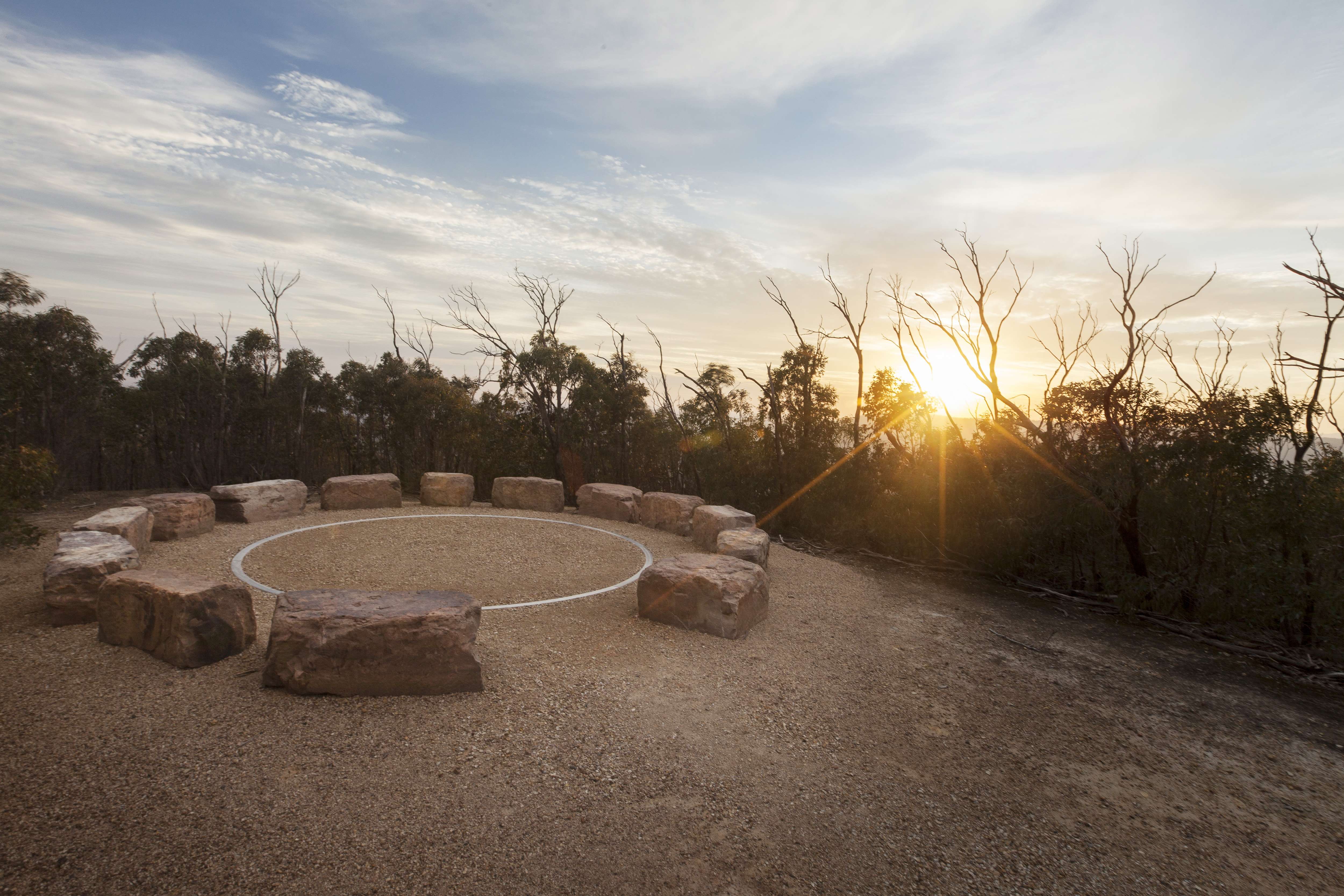
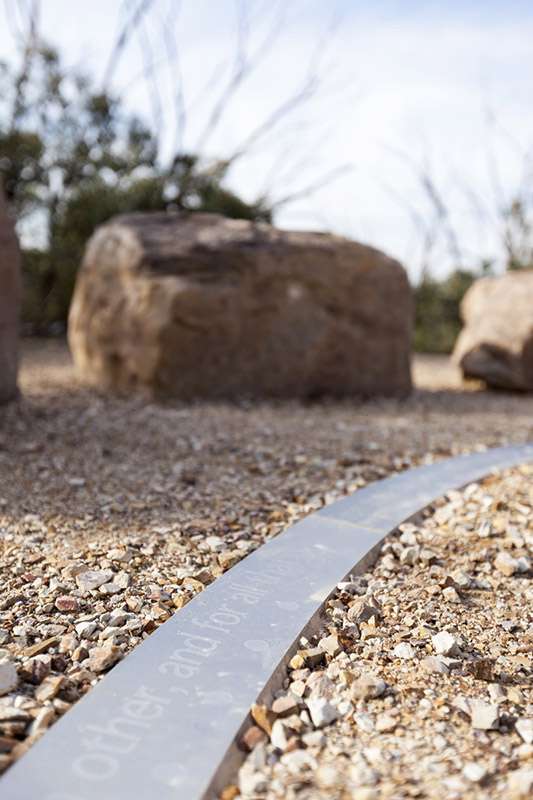

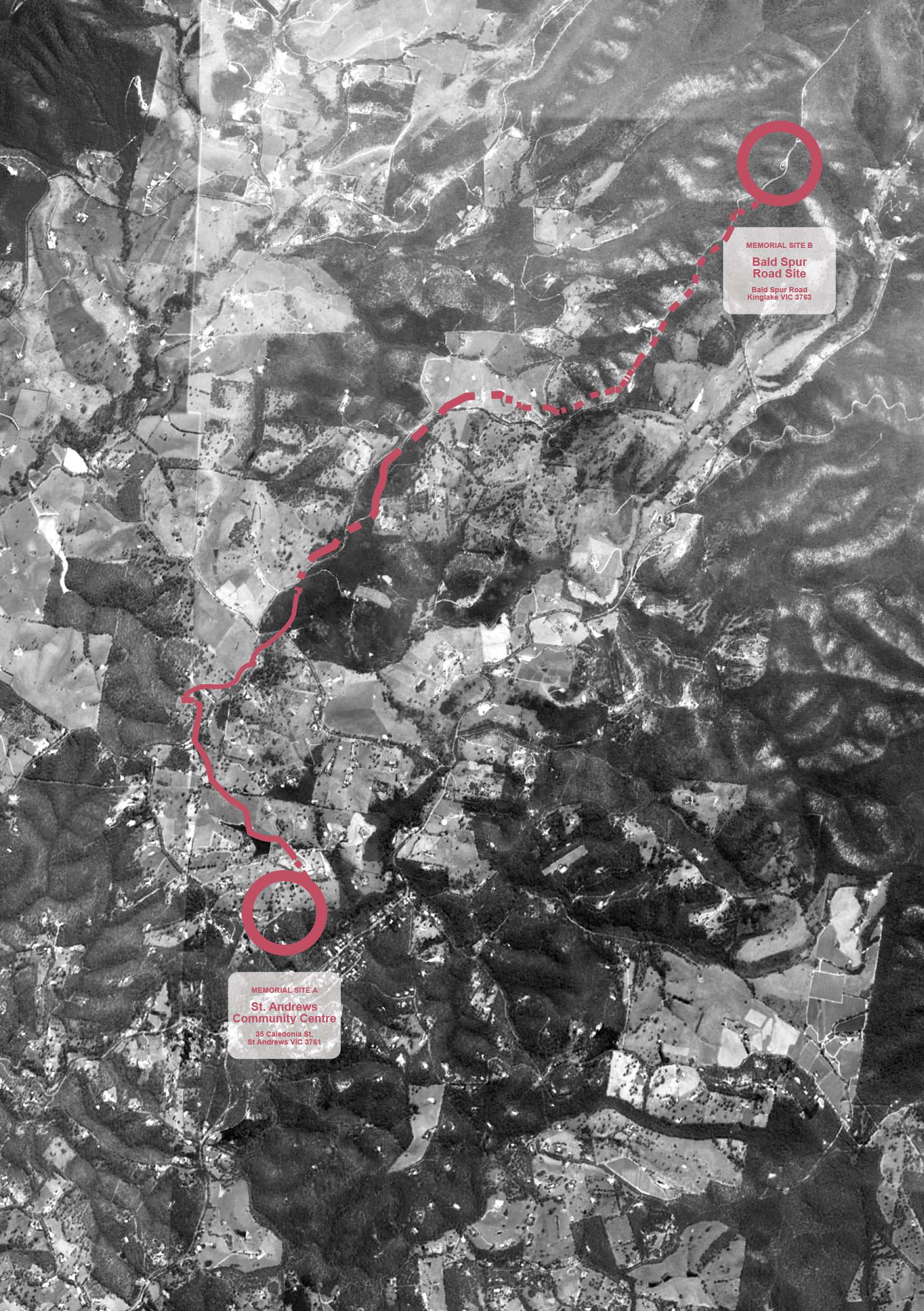
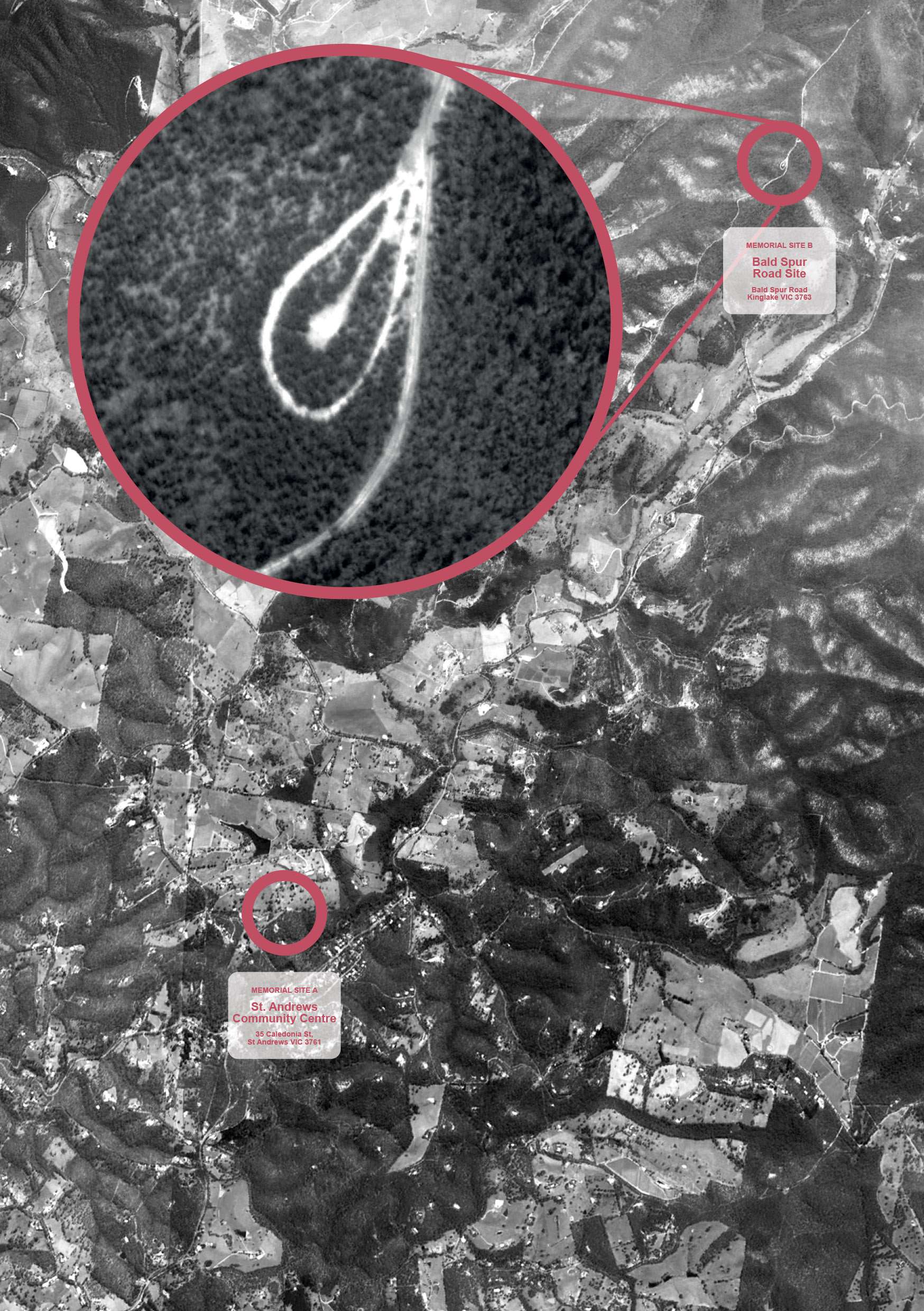
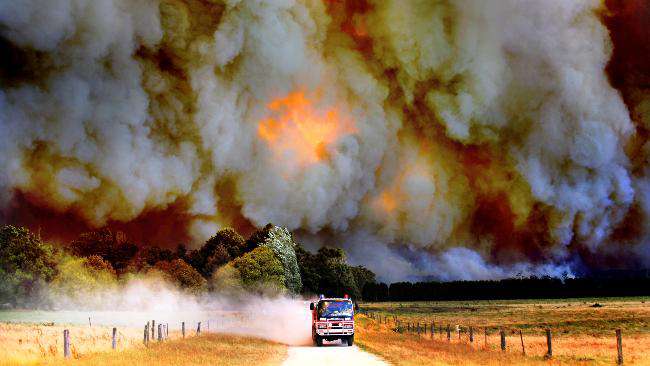
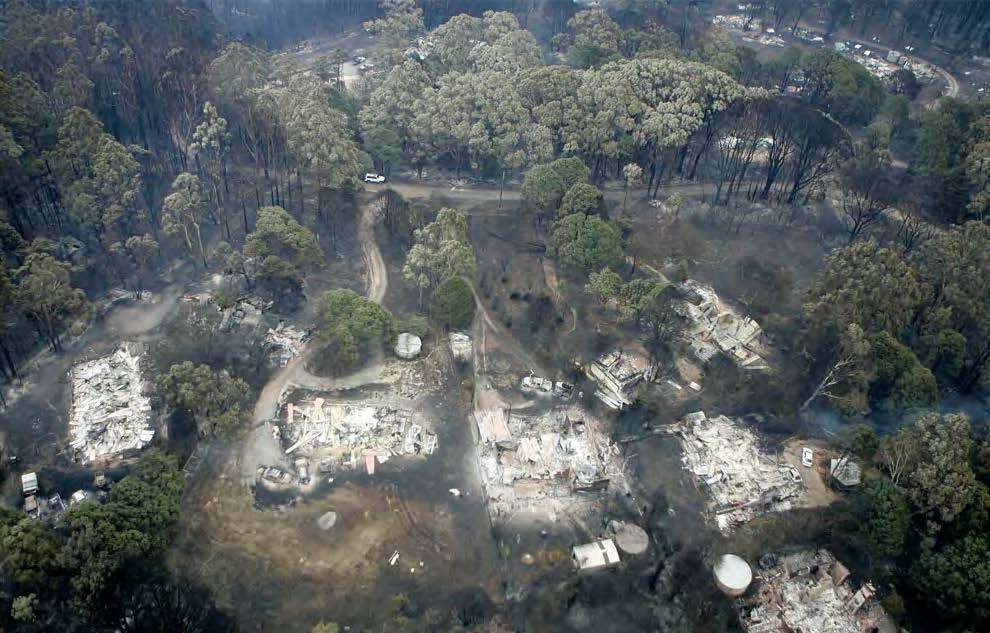
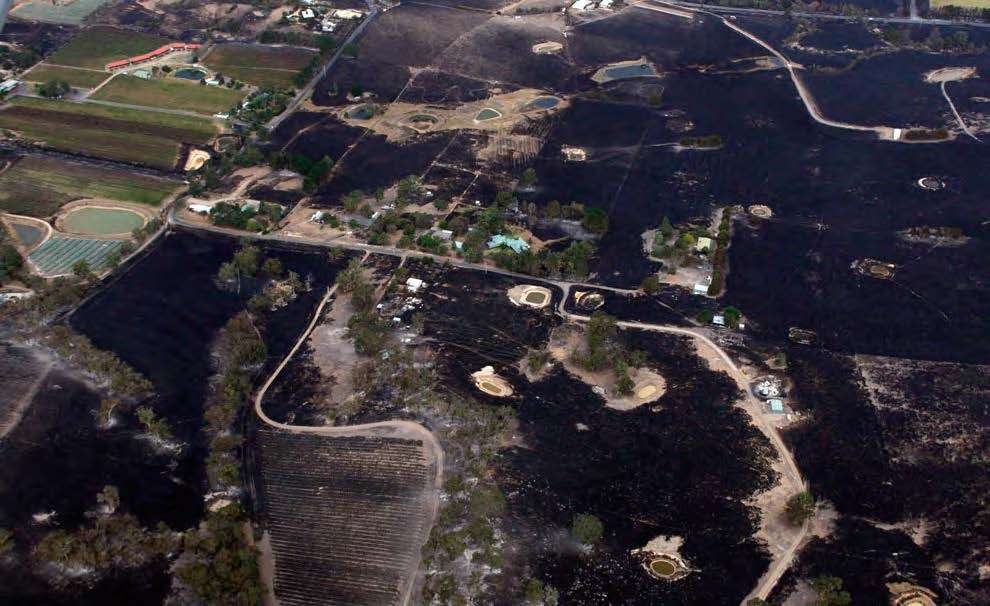
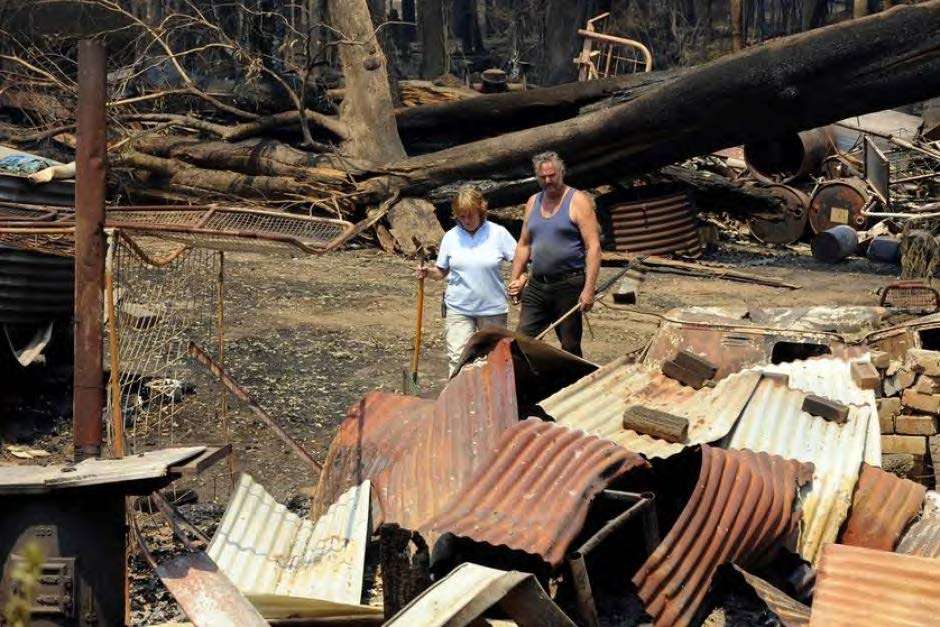

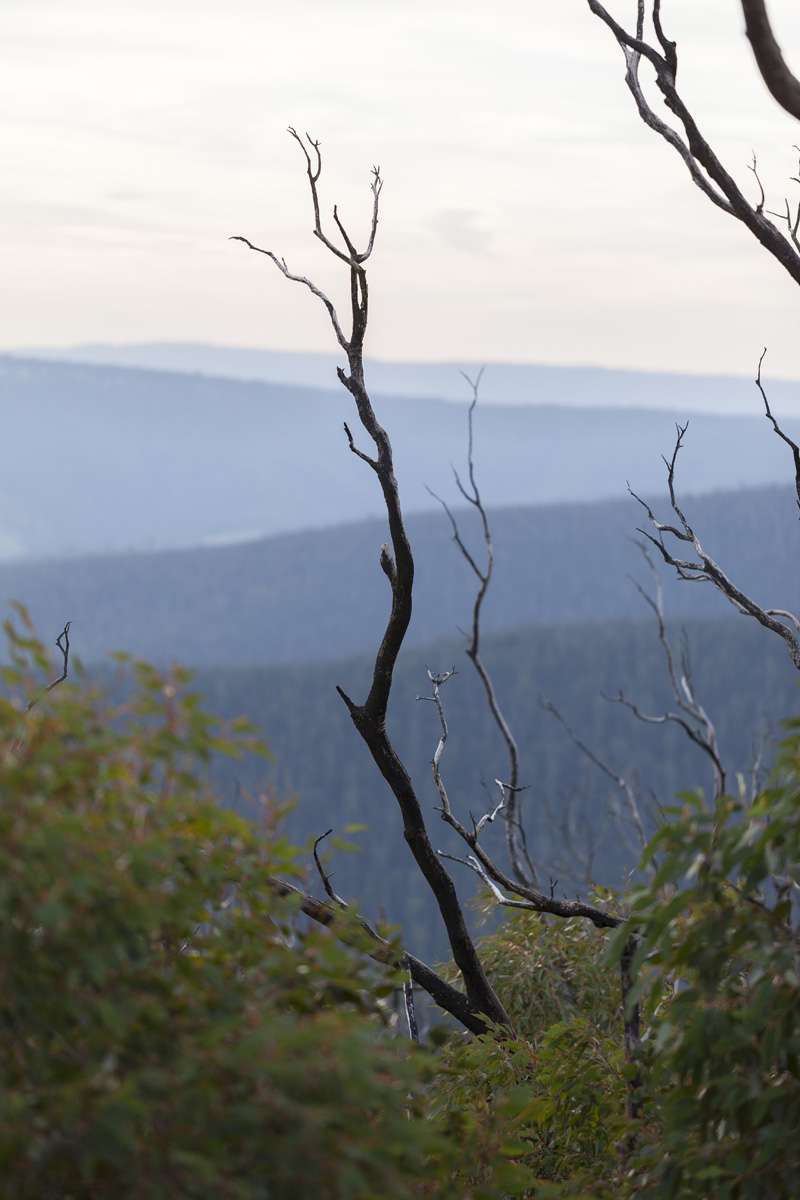

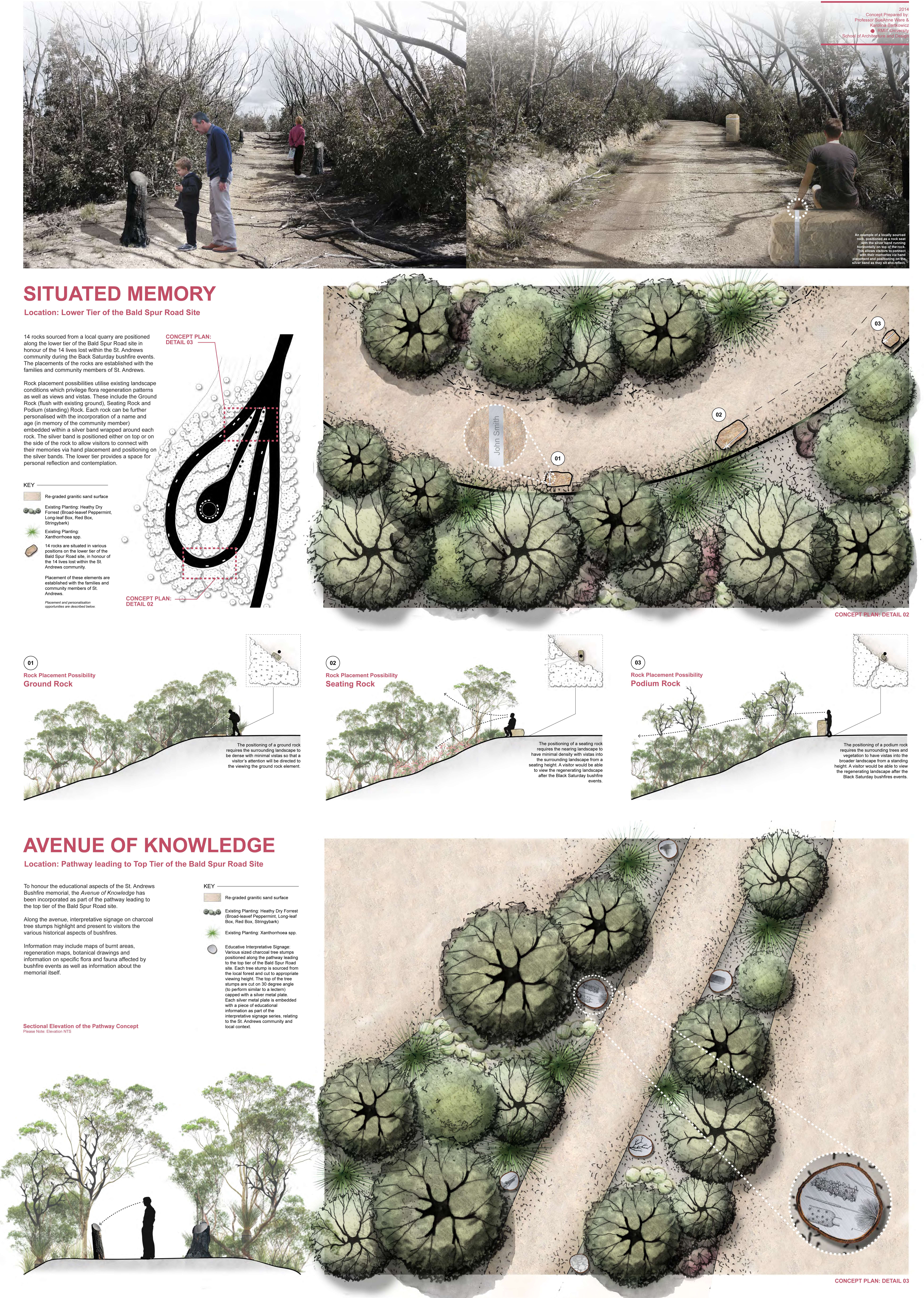
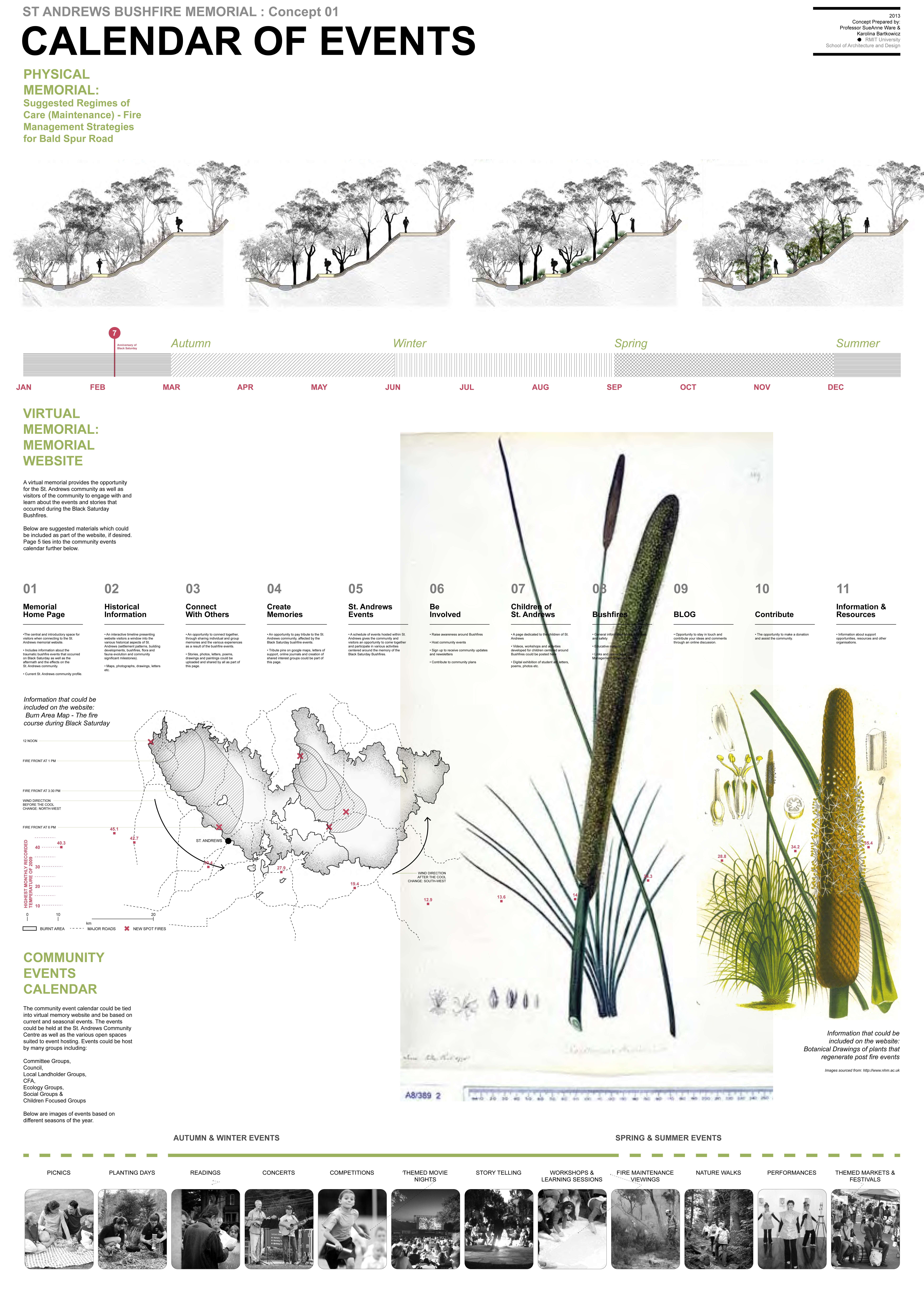
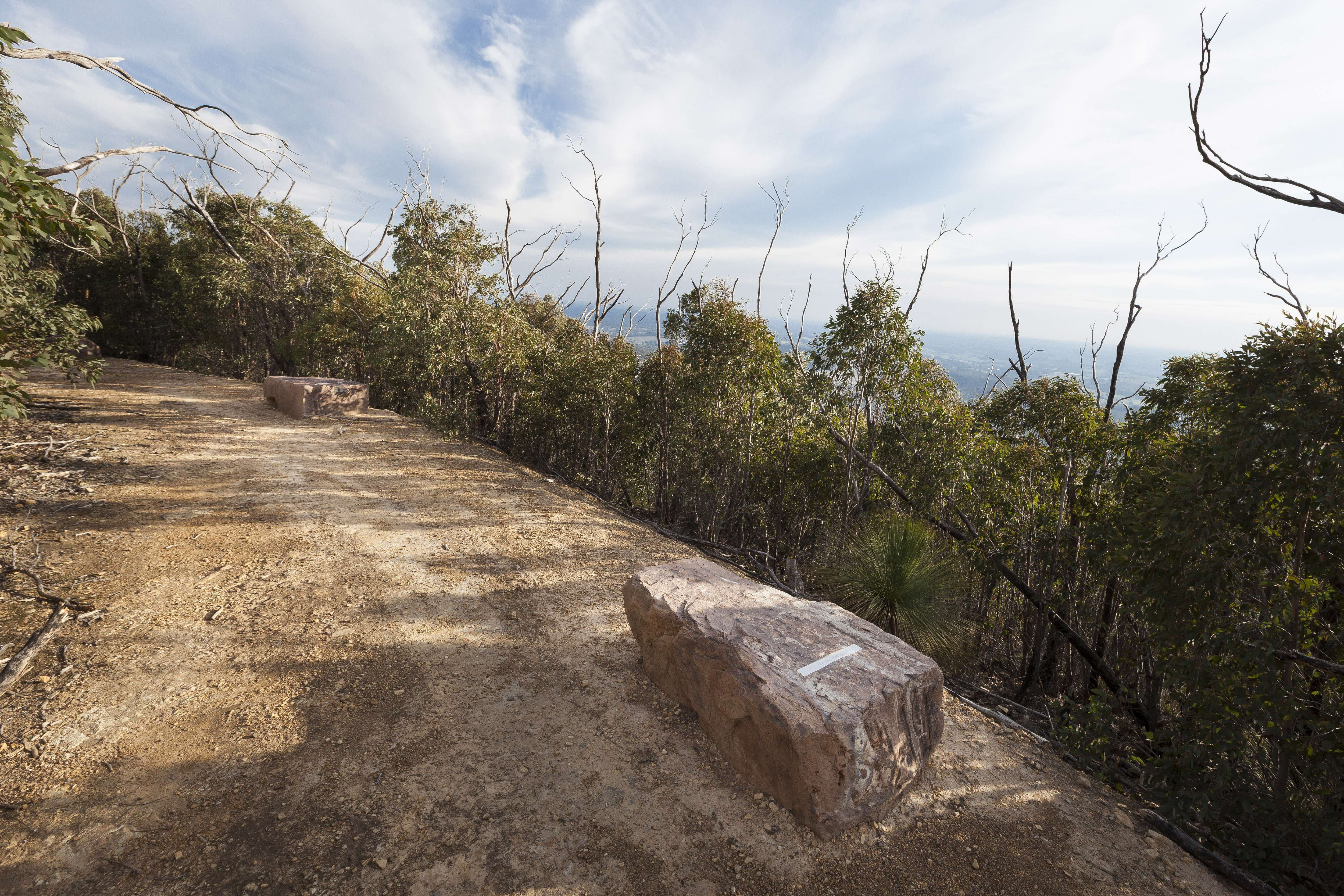
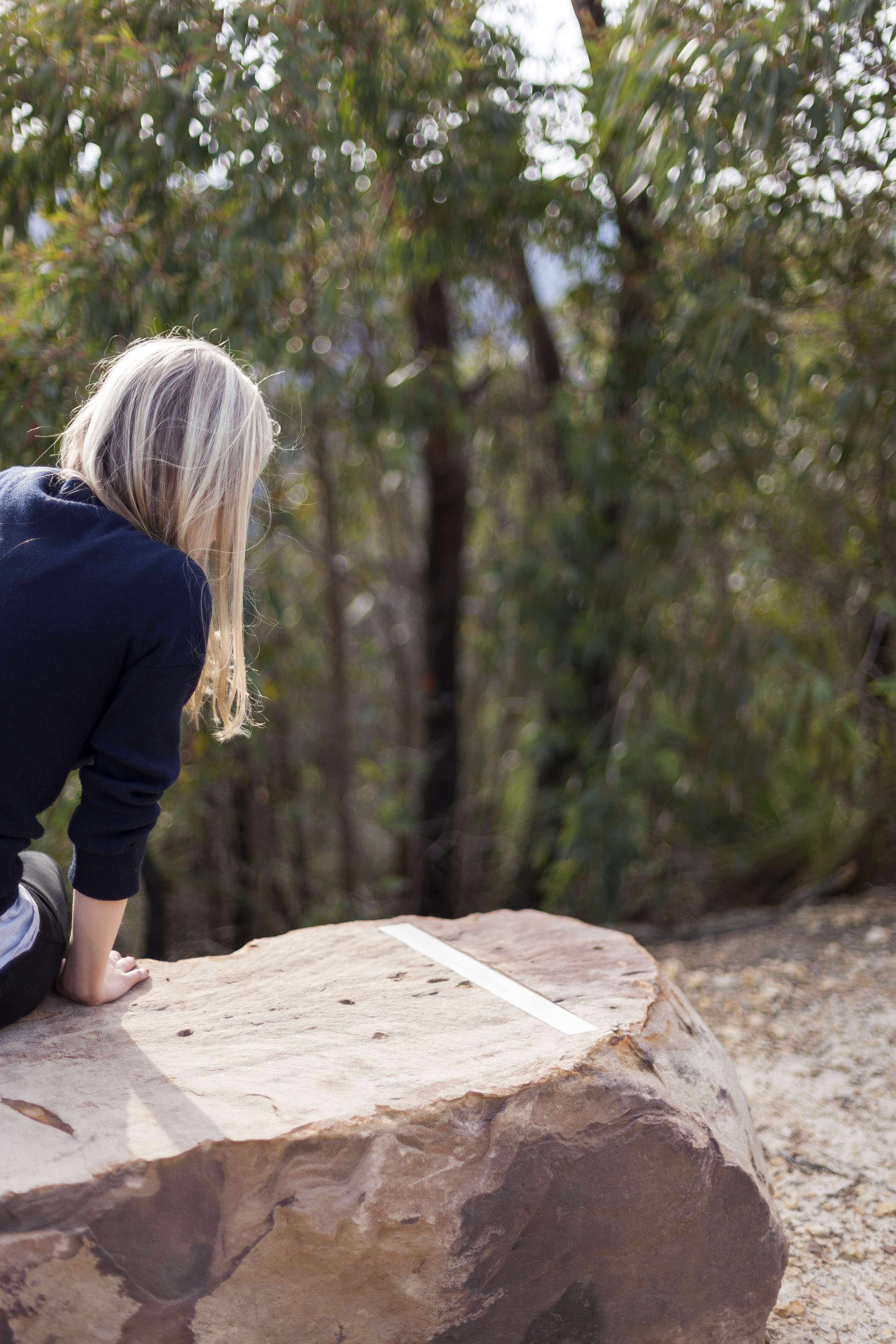
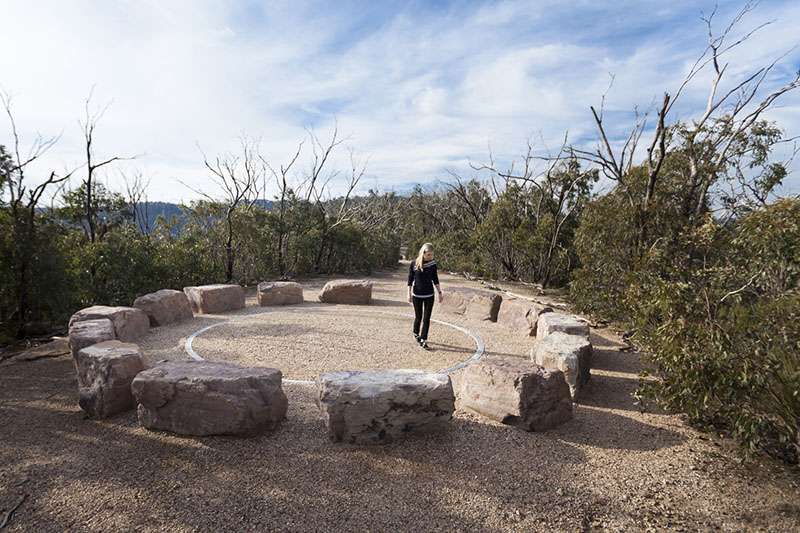
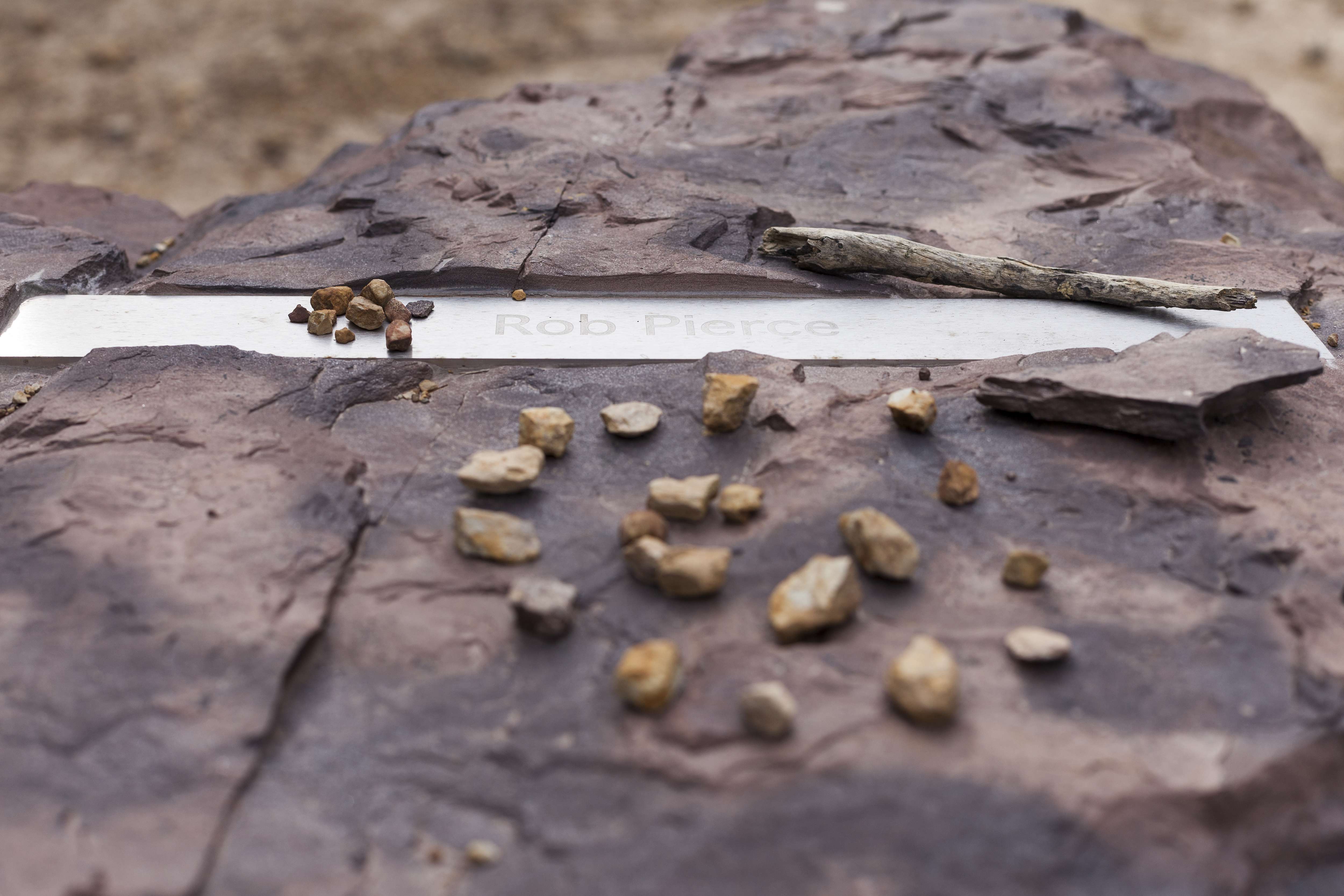
Memorial del fuego de St Andrews
Memorial de foc de St Andrews
St Andrews Fire Memorial
The 2009 Black Saturday bushfires in Victoria were the most devastating in Australian history; 173 people tragically lost their lives, 414 were injured, more than a million wild and domesticated animals were lost and 450,000 hectares of land were burned. The St Andrews’ Community memorial committee approached Professor SueAnne Ware to help them explore a range of memorial activities; from ephemeral and informal installations to more permanent and lasting sites of remembrance. Throughout this process the greater St Andrews community engaged through a variety of means. The basic premise underscoring this design processes was one of reflection, resilience, and social agency. It is important to note that while this submission highlights a built outcome; the hidden processes of working with communities who have endured trauma requires exploring multiple ways for grieving as well as diverse expressions of remembrance. The enduring commitment of those involved in the memorial committee, the council officers (Colin James and Ben Pollard), as well as the landscape architects allowed for an extended period (5 years) of consultation, rumination, and recovery.
The St Andrews memorial is situated within the King Lake National Park; at the end of rugged, Bald Spur Road. Formerly and quite paradoxically the site once held a fire tower, which perished during the bushfires. The site has compelling views of the entire Strathewen Valley, the area most devastated from the fires. It is a steep incline which includes a circular path terraced into the topography and a level, promontory point.
The memorial design is simple and yet robust. The lower terraced path is a journey with 14 individual stones; one for each of the St Andrews community members who were lost in the fires. Each stone was selected by a surviving family member or neighbor and sited according to their wishes along the looping path. Loved one’s names are etched onto a stainless-steel band and placed parallel to where a visitor might sit. Thus, there is a very tactile and textured experience of sitting next to the remembered. The upper terrace is a gathering point, a ring of stones encircle a stainless steel band with a poem penned by a local Aboriginal community member and survivor, Elizabeth Savage Kooroonya. Here there is a literal gesture to enduring hope, community resilience, and collective grief. But it also is a quiet and poignant space where the sky and robust ecologies of the fire prone bush meet. The memorial landscape’s maintenance regime is through cold burning, which will ensure that the fuel loads and reduces the likelihood of another devasting fire. The memorial is a spiritual space of return and melancholy yet speaks utterly of our need to better understand the environments in which we inhabit.
